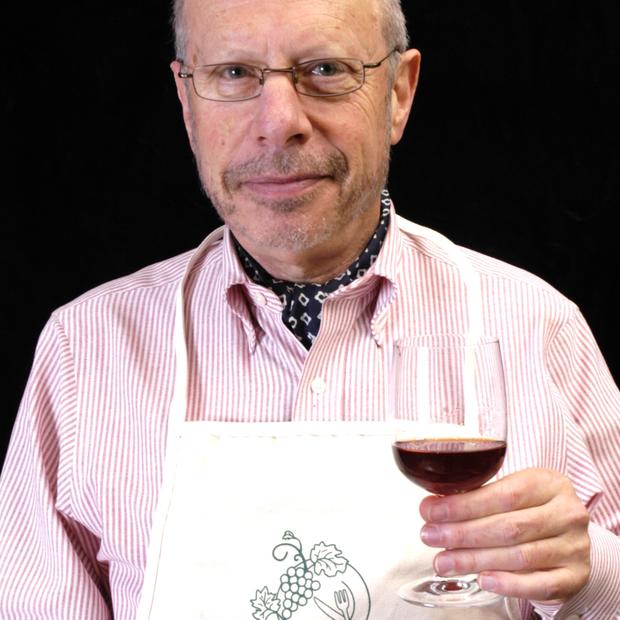If you've used a single-serve coffee maker lately, one of the Keurig or Nespresso machines, you've probably enjoyed the result. They make surprisingly good coffee! But maybe, just maybe, you felt a bit guilty that the coffee pod itself — the plastic and aluminum capsule — has to go into the garbage. Can't be recycled, even though the spent coffee grounds inside can be converted into valuable compost.
Sure, it's only a few grams per capsule, but the world drank something like 11 billion cups of single-serve coffee last year, so it adds up. Trouble is, getting the grounds out of those tiny capsules isn't practical. But where there's a problem there's an opportunity, and now Canada's largest coffee roaster, Club Coffee, has come up with a plan. Make the whole capsule compostable.

Looks kinda like a Dickensian orphan, doesn't it? All scruffy. It's called the PürPod100, and it's made from renewable, bio-based materials that are fully compostable: so-called "chaff" (from the skin of the coffee bean that comes off during the roasting process). Look for it to hit the market in the next few weeks.
Right now the PürPod is compatible with Keurig, not with Nestlé's Nespresso system, which uses an aluminum pod, but Club Coffee's CEO, John Pigott, says his company expects to have a Nespresso version available within a year.
Landfills, contrary to popular imagination, don't really do much in the way of composting. Even a carrot is still recognizable as a carrot after a decade. "Landfills basically petrify waste," is how a panel of industry experts described the dilemma of composting single-serve coffee pod waste.
It's a challenge the specialty coffee folks are discussing at their annual convention in Seattle this week. Public attention is focused on the convention's razzle-dazzle events like the World Barista Championships, but the real action is between the coffee snobs and the pod people. And it's pretty clear that the purists have lost. For all the tens of thousands of coffee shops across the country, American coffee drinkers are turning to the easy shot at home. About a third of all coffee sales, by dollar volume, are for single-serve pods and capsules.
One drawback, obviously, is the relatively high upfront cost of the equipment. Keurig's latest model is $200, the Nespresso Vertuoline is $300. Keurig's next version will even make soup; the Nespresso brews both espresso shots and 8-ounce cups. Then again, the cost per drink is about a third of what you pay in a coffee shop. (Disclaimer/disclosure: I've had a professional-grade espresso machine, the Krups Gaggia purchased from Starbucks, since the 1970s, but have started using the Nespresso Vertuoline, donated by Nespresso, for mid-day pick-me-ups.)
Single-serve does have a couple of major drawbacks: First of all, the capsule is hermetically sealed. There's no pleasurable aroma of fresh coffee beans until after you brew it. (ClubCoffee says its compostable pods will smell great ahead of time.) The other problem is all the guilt from all that waste!
All the more reason we should support efforts to find a solution. And Seattle, as the capital of coffee and recycling, is a good place to start.

